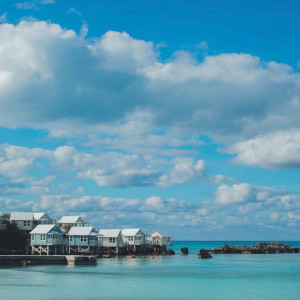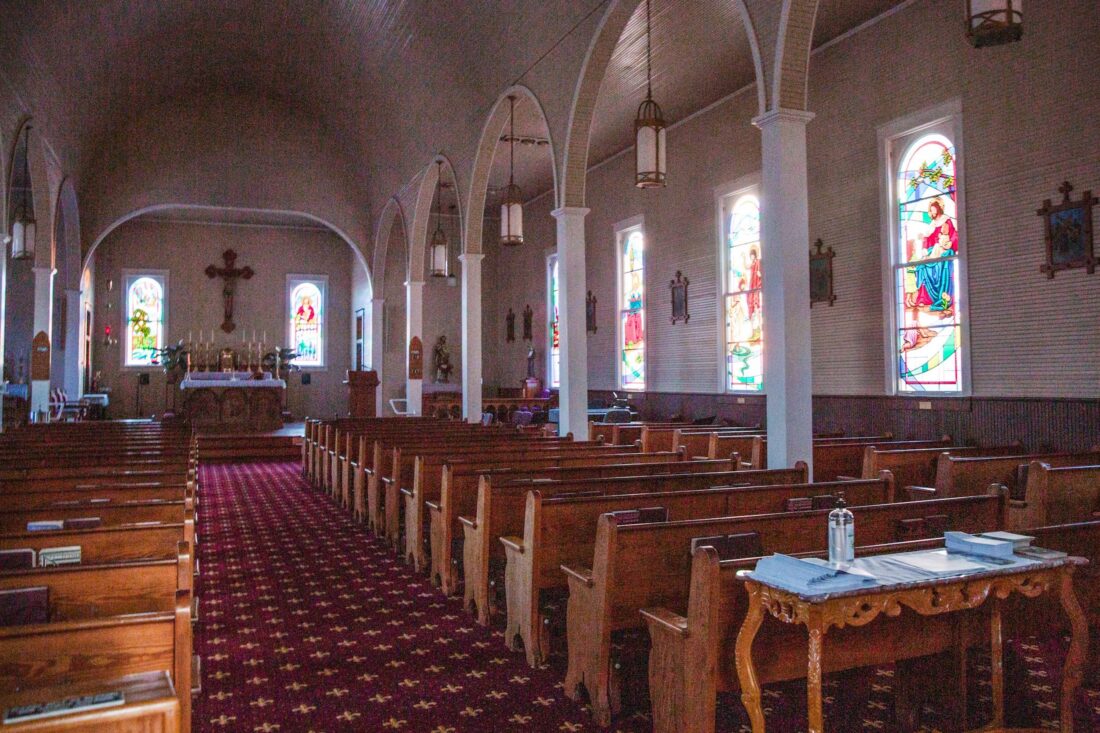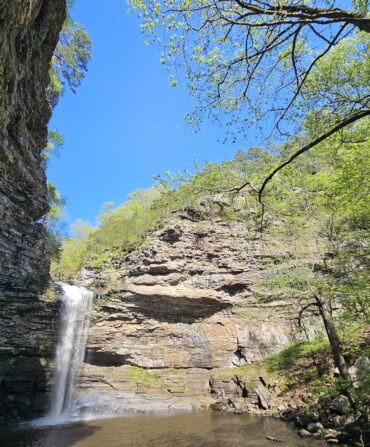Arlene Gould is accustomed to meeting fans of Steel Magnolias. As the executive director of the Natchitoches, Louisiana Convention & Visitors Bureau, she often talks about the movie’s filming locations all over her city. But when a woman told her she hated Steel Magnolias, Gould was shocked.

“I asked why, and she said, ‘It made me cry so much!’ It’s a tear-jerker, but there is so much humor too,” Gould says. “The combination is why people love it.” It’s a sentiment echoed by Truvy, the character played by Dolly Parton, in one of the film’s many famous one-liners: “Laughter through tears is my favorite emotion.”
The movie, a fixture of the Southern cinematic canon, follows six female friends—M’Lynn Eatenton and her daughter, Shelby; Truvy Jones and her new salon assistant, Annelle Dupuy; Ouiser Boudreaux; and Clairee Belcher—who encourage and support one another through life in a small Southern town. The sweetness, fun, and heartbreak all rolled into one story resonated with audiences when it premiered in 1989, and its power endures thirty-five years later.

The city was an essential player as well. “It’s not some random small-town stand-in,” says Tommy Whitehead, a Natchitoches resident who helped the crew identify filming spots. “Steel Magnolias is based on a true story, written by Natchitoches native Bobby Harling about his family. Natchitoches is where this really happened before any action on a stage or screen. That authenticity comes through.”
Today, the chance to see the spots where many of its most memorable moments were filmed still draws pilgrims to the town.

The circa-1840 house that served as the Eatenton home is now the Steel Magnolia House Bed and Breakfast. “People are obsessed with the house,” says the B&B’s manager, Denise Short. Plenty of folks stop to snap photos of the four-story residence with its deep front porch and round columns constructed with custom-made, pie-shaped bricks. But time in its antique-filled interior is reserved for inn guests, who can gaze at the front staircase Shelby huffs down while lamenting the color of her nail polish on the morning of her wedding day, while her dad, Drum, shoots a revolver aimlessly into the yard to drive birds away before her reception. Guests enjoy their pecan-pie French toast or biscuits slathered in FROG (fig-raspberry-orange-ginger) jam in the same kitchen where Shelby tells M’Lynn she’s pregnant. They can rest their head in Shelby’s room, where the bathroom still glows Pepto-Bismol pink. They can even watch the movie in the house’s den. “Most guests at least watch some of it,” Short says. “They laugh and cry. It’s a good time.”
Ouiser’s home, where Shirley MacLaine’s character lived in her “very bad mood for forty years” sits just down the street and is now the headquarters for the Association for the Preservation of Historical Natchitoches. Less grand that one might expect for someone who “has more money than God,” the 1837 white house with sage green shutters is charming and historically significant, thanks to a tunnel running from its cellar to the nearby Cane River that was once used to move goods between boats and the house (once a bank). The tunnel is off limits, but the house can be toured by appointment.

St. Augustine Church in nearby Melrose portrayed the sanctuary that hosted Shelby and Jackson’s wedding, and while the bountiful “blush and bashful” pink blooms of the ceremony are long gone, it’s open to visitors during daylight hours. So is the Super One grocery store, and plenty of tourists pop in to relive Clairee and Ouiser bickering and over-filling a cart with baked beans.

Much of the gossip and giggling inside Truvy’s Beauty Stop was filmed on a soundstage, constructed in the physical education building on nearby Northwestern State University’s campus. (Filmmakers bought chairs, supplies, and decor from the shop that inspired Truvy’s to outfit the set.) But the house shot for its exterior is still standing and can be viewed from Henry Boulevard, as can Clairee’s house on Williams Avenue and Annelle’s house on Maurice Lane. (They’re all private residences.)
In a scene at the movie’s end, children scour tall grass for Easter eggs. Filmmakers set the hunt at Beau Jardin, a riverfront public park with a native-plant garden and cascading water features. (It’s currently being renovated but will reopen in early May.)

A marker in the shady American Cemetery, notable as the oldest in the entire Louisiana Purchase area, allows visitors to relive Shelby’s funeral scene, which begins with gut-wrenching grief but ends on a comedic note. “You can stand right there where M’Lynn breaks down and says she ‘just wants to hit something,’” Gould says.
Susan Harling Robinson Memorial Park, a quiet greenspace tucked into a historic neighborhood, pays tribute to writer Harling’s beloved real-life sister, whom he honored by creating the character Shelby in his 1987 play Steel Magnolias. “There’s a marker with photos that shares Susan’s story,” says Gould, who calls it her “can’t-miss” spot.
Gould and her team have made it easy to see all the film sites with a detailed trail brochure and self-guided tour map. (Local Barbara Bailey also runs Tour Natchitoches with Barbara and offers guided expeditions to the same sites.) “Anyone touched by the movie should come; being in the real environments of the real people is meaningful,” Gould says.
Emotion quivers in Gould’s voice as she recalls a conversation with Harling on the movie’s thirtieth anniversary. “I said, ‘You wrote Steel Magnolias to keep Susan’s memory alive, and here it is, all these years later, and so many are still celebrating her. You did it.’”









